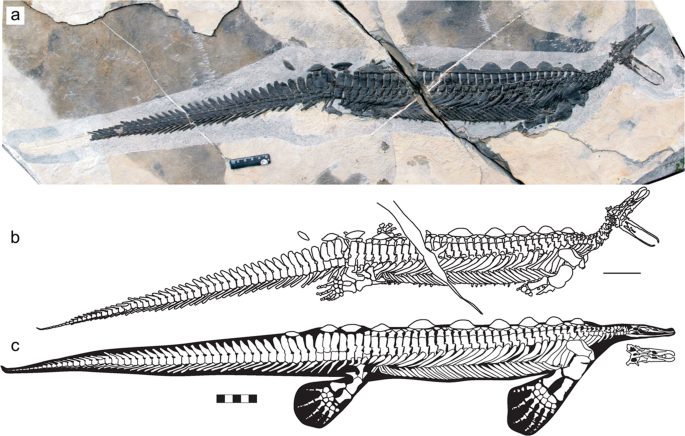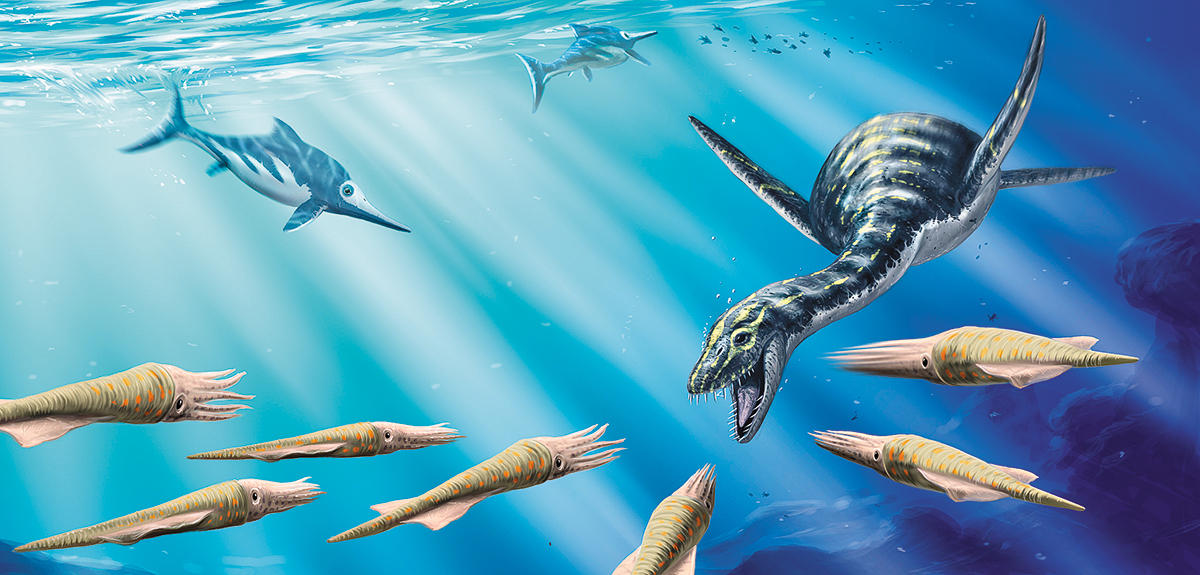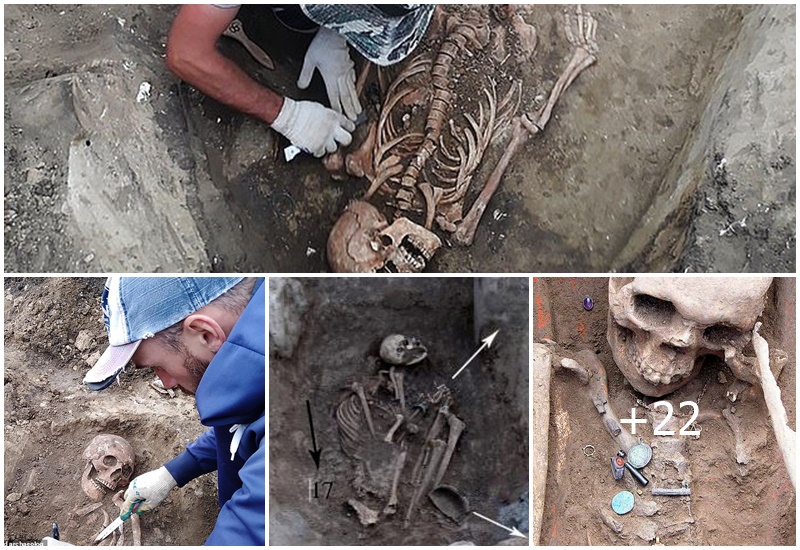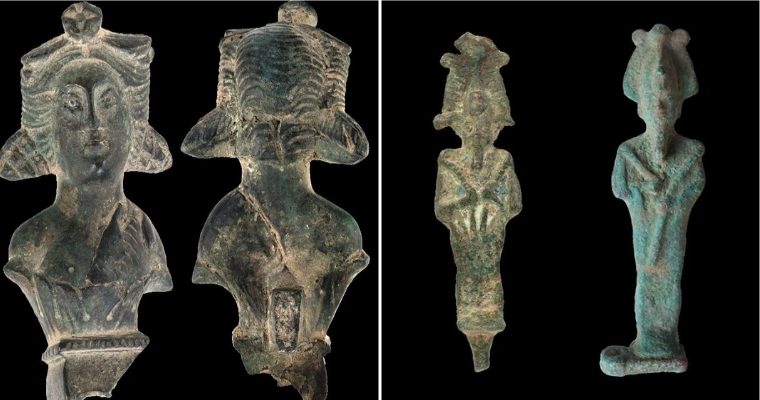Paleontologists have described a new genus and species of long-tailed pachypleurosaur from a complete skeleton found in China.

An artist’s impression of Wumengosaurus, a sister taxon of Honghesaurus longicaudal. Image credit: Nobu Tamura / CC BY-SA 4.0.
Dubbed Honghesaurus longicaudalis, the newly-identified species lived during the Middle Triassic period, approximately 244 million years ago.

The prehistoric creature belongs to Pachypleurosauroidea, a group of small to medium-sized, lizard-like marine reptiles that thrived from the Early to Middle Triassic.
“In the Triassic, almost all of the Earth’s landmasses were combined in the supercontinent of Pangea, surrounded by a vast ocean of Panthalassa,” said Professor Guang-Hui Xu, a researcher with the Institute of Vertebrate Paleontology and Paleoanthropology and the Center for Excellence in Life and Paleoenvironment at the Chinese Academy of Sciences, and colleagues.

“An arm of this ocean, namely the Tethys, intruded deeply into the center of Pangea at the equator.”
“Pachypleurosaurs are known only from the Tethys Ocean, and its potential diet may include soft-bodied invertebrates (e.g., cephalopods), some shrimps, and small or juvenile fishes.”
“The earliest and basal pachypleurosaurs can be traced to the Early Triassic in the eastern Tethys realm, and in the Middle Triassic, this clade underwent a rapid radiation, represented heretofore by eight genera from the eastern Tethys and five from the western Tethys (Europe).”
Honghesaurus longicaudalis was a relatively small reptile, measuring about 47 cm in total length.
“From its body size, Honghesaurus longicaudal is in accordance with most of other pachypleurosaurs that are small-sized with a maximum total length rarely exceeding 50 cm,” the paleontologists said.

Honghesaurus longicaudalis, holotype. Image credit: Xu et al., doi: 10.1038/s41598-022-11309-2.
The fossilized skeleton of Honghesaurus longicaudalis was recovered in 2021 from the marine deposits of the Guanling Formation exposed in Luxi, Yunnan, South China.
“Impressively, the specimen is exceptionally preserved, representing one of the most complete skeletons of pachypleurosaurs from the Middle Triassic Luoping Lagerstätte or Biota,” the researchers said.
“This Lagerstätte, renowned by its superb preservation and taxonomic richness, including abundant invertebrates, fishes, marine reptiles and plants, was originally found in Luoping, and later fieldworks extended its distribution into the nearby Luxi, eastern Yunnan.”
Honghesaurus longicaudal had a long trunk and an incredibly long tail.

The species is the first really long-tailed pachypleurosaur with totally 121 vertebrae.
“In general morphology, the most striking feature of Honghesaurus longicaudal is its incredibly long tail, which measures 117% of the precaudal length,” the scientists said.
“The whole vertebral column consists of 121 vertebrae, documenting the largest number known in this group.”
“The snout is more anteriorly pointed than most of other pachypleurosaurs.”
“Honghesaurus longicaudal would have relied mainly on lateral undulation of the trunk and tail for aquatic propulsion,” they added.
According to the authors, Honghesaurus longicaudal fills the morphological gap between two previously known pachypleurosaurs: Qianxisaurus from the Xingyi Biota and Wumengosaurus from the Panxian Biota.

“The discovery of Honghesaurus longicaudal provides an importation addition for our understanding of the morphological diversity, ecological adaption and aquatic locomotion of pachypleurosaurs,” they said.
“Phylogenetic studies unite Honghesaurus, Qianxisaurus and Wumengosaurus as a monophyletic clade above European pachypleurosaurid clades and provide new insights into the interrelationships of this group.”
“Our scenario of pachypleurosaurian phylogeny combined with the stratigraphic data imply that the Tethys Ocean was a west-east corridor for dispersal of pachypleurosaurids from Europe into South China.”
The discovery of Honghesaurus longicaudal is described in a paper in the journal Scientific Reports.
Source: sci.news








